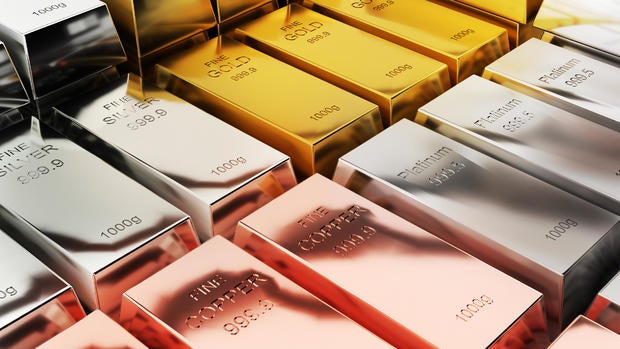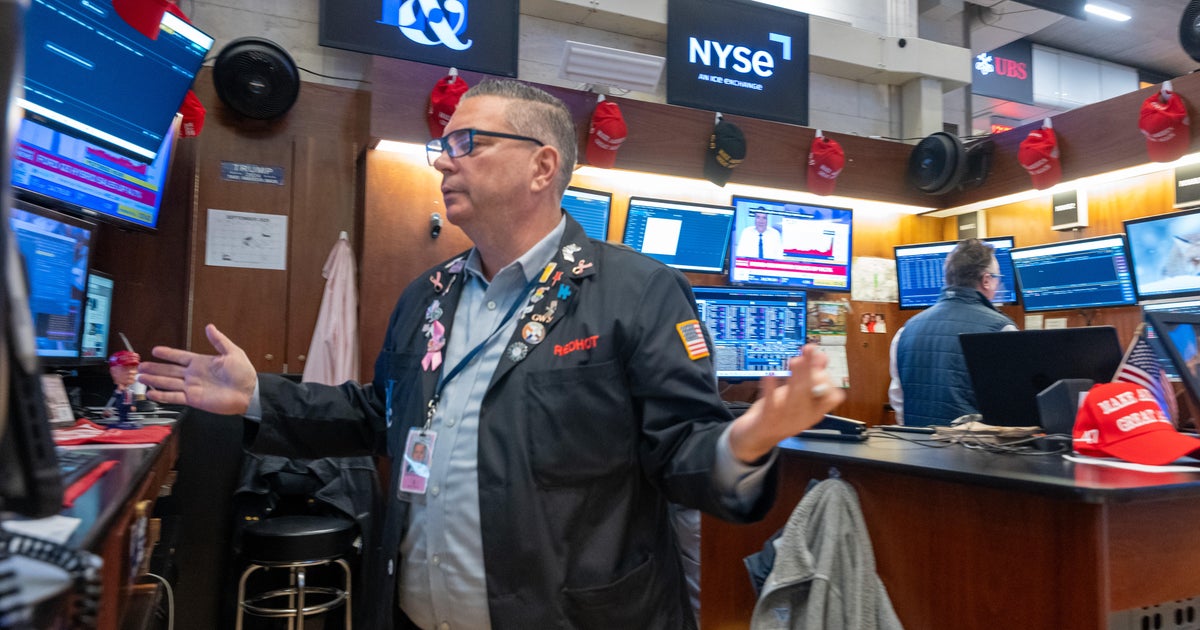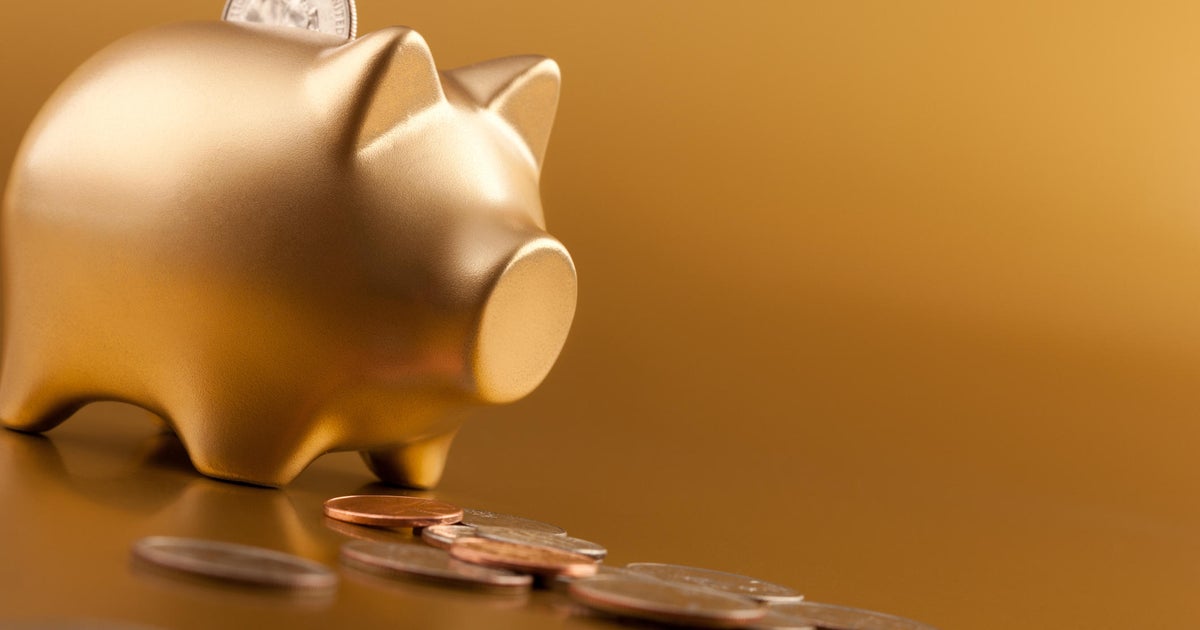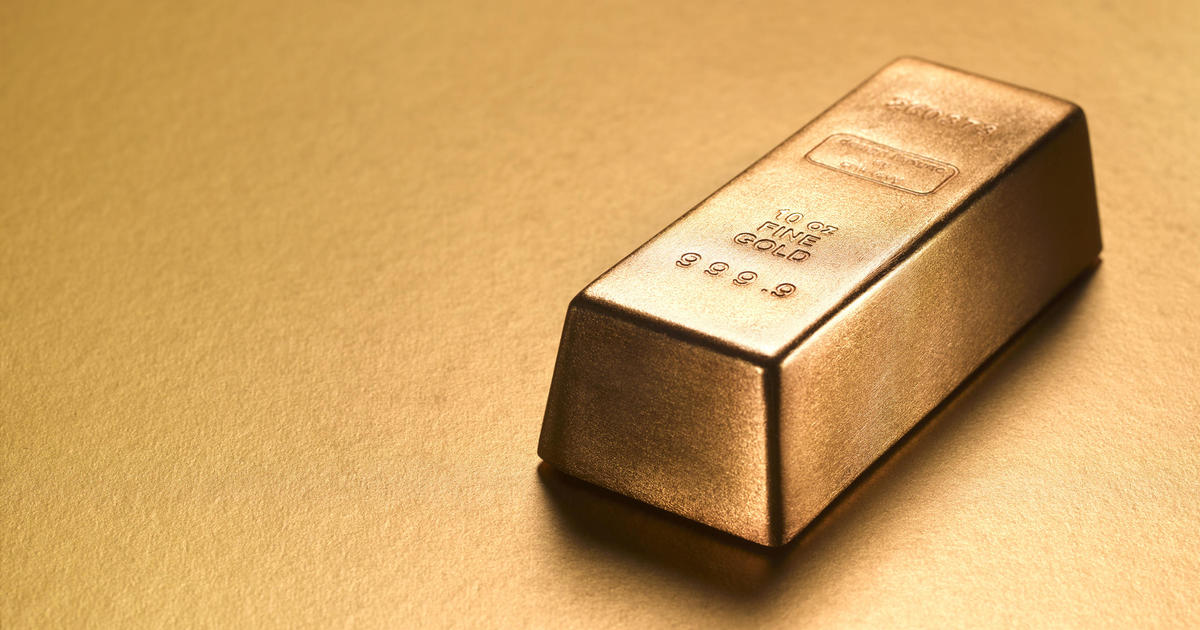 Investing in precious metals can make a lot of sense for retirees — but it can also be risky.
Getty Images/iStockphoto
Investing in precious metals can make a lot of sense for retirees — but it can also be risky.
Getty Images/iStockphoto
For many retirees, precious metals like gold and silver hold a certain timeless appeal. They're tangible, globally recognized and often viewed as a way to safeguard wealth from market swings or economic uncertainty. With inflation still a lingering concern and interest rates shifting, more older Americans are taking a closer look at these assets as part of their retirement strategy. But before diving in, it's crucial to understand both the potential benefits and the drawbacks.
Unlike stocks or bonds, precious metals don't generate dividends or interest. That can make them a double-edged sword for retirees who rely on steady income to fund their lifestyles. While gold can shine during turbulent times, it can also sit idle during periods of economic stability or even lose value if prices retreat. Understanding how these assets behave in different environments can help retirees avoid costly missteps.
At the same time, gold and other metals can play a valuable role in diversification, especially for those looking to reduce exposure to traditional markets. But how much is too much? And what are the practical considerations, like storage, insurance and taxes, that come with these types of investments? Before making any moves, it's worth weighing the full spectrum of risks and rewards that precious metals bring to the table.
Find out how to add precious metals to your portfolio today.
Precious metal rewards that retirees should know
Buying precious metals — and gold, in particular — can have many benefits as you near or enter retirement. For one, it can help your wealth retain its value for the long haul.
"Gold has lasted 5,000 years as money," says Matthew Argyle, a certified financial planner at Encore Retirement Planning. "Your 401(k) hasn't. Gold has outlasted financial crises, hyperinflation, and stock market crashes. Its historical resilience is why it remains a good store of value."
It can also help you ward off inflation. While inflation is down compared to its nearly double-digit highs of a few years ago, it's still near 3%, according to recent government data — meaning that it's above the Federal Reserve's ultimate 2% goal.
"Another key benefit is gold's role as an inflation hedge," says Daniel Boston, founder of Preserve Gold. "As the cost of living rises, gold tends to appreciate in value, helping retirees maintain their purchasing power."
Gold is also a safe-haven asset during periods of economic uncertainty or geopolitical turmoil, Boston says, and it acts as a smart portfolio diversifier.
"It often moves independently of stocks and bonds, which can help balance out a retirement portfolio and potentially reduce overall risk," Boston says.
Learn more about the benefits of precious metal investing now.
Precious metal risks that retirees should know
Precious metals aren't right for every retiree, though, and they do have some drawbacks that you'll want to consider before buying in. First, while there is some potential for profits when investing in gold or precious metals, those aren't guaranteed — particularly on shorter timelines, which many retirees are working on.
"Gold isn't a growth asset like stocks or real estate," Argyle says. "It doesn't generate earnings, pay dividends, or appreciate through innovation. It sits there. This makes it a valuable hedge but a poor engine for wealth creation. If you want your portfolio to grow, you need assets that actively produce value, not just hold it."
There are other downsides to think about, too. For instance: The costs. You may need to pay to insure and store it, and, of course, there are the potential tax implications to think of, too.
"Gold is physical," Argyle says. "It can be stolen, lost or require expensive safekeeping. But most people forget to consider taxation. In the U.S., gold is taxed as a collectible with a 28% capital gains tax rate — higher than the 20% max for stocks."
Liquidity can also be a challenge with precious metals, as it's not always to sell off in a pinch — or at top dollar — when you need to.
"When you want to sell, you may face dealer markups and liquidity challenges," Argyle says.
The bottom line
If you do opt to invest in gold or precious metals, take time to consider what type makes sense — and how much you should buy.
"Gold is generally considered the primary choice for retirees due to its long history as a store of value and its potential to hedge against inflation and economic uncertainty," Boston says. But "silver can be a more affordable alternative with significant growth potential, especially during bull markets."
As for volume, most experts recommend devoting somewhere between 5% and 10% of your portfolio to gold or precious metals. Any more than that is "hoarding," Argyle says.
"This level [5 to 10%] provides a hedge against downturns without dragging down overall returns," Argyle says. "Any more, and you risk tying up too much capital in an asset that doesn't produce income or compound growth. Gold is valuable, but a portfolio needs balance."
If you're still not sure how much to invest, talk to an expert who can walk you through gold and precious metal options and pricing and make personalized recommendations based on your specific goals and budget.
Edited by Angelica Leicht


















































